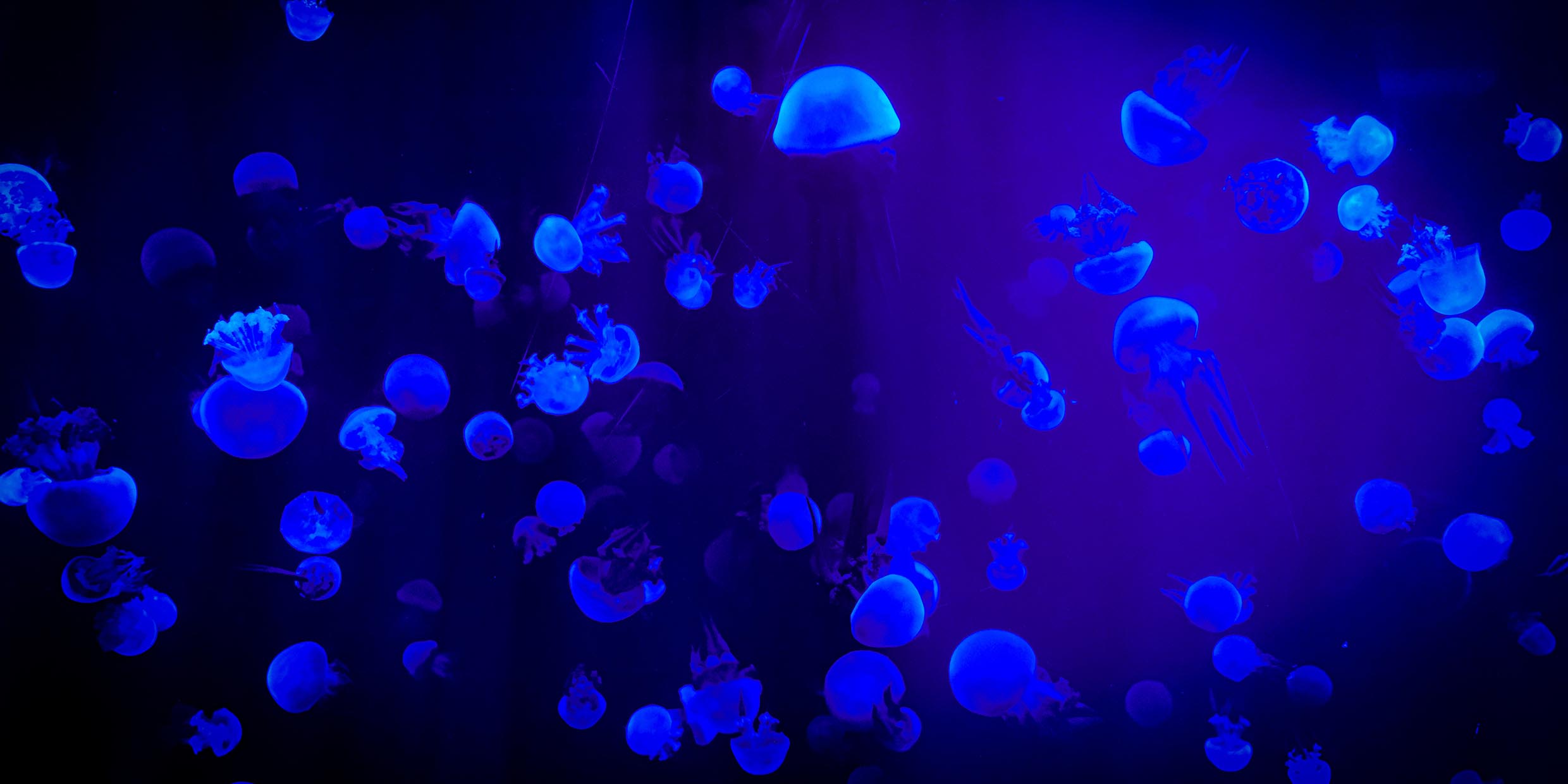Originally published 26 October 1998
Early in Jules Vernes’ 20,000 Leagues Under the Sea, Captain Nemo welcomes Pierre Aronnax, professor of natural history at the Paris Museum, aboard his submarine.
“You have pursued your studies as far as terrestrial science can go,” Nemo tells the professor. “But you don’t know all because you haven’t seen all.”
He promises Aronnax excitement aboard the Nautilus: “You are going to tour a land of marvels. Astonishment, amazement will become your everyday state of mind… Starting today, you’ll enter a new element, and you will see what nobody has seen before.”
And so begins an epic voyage into the depths of the sea, an alien realm where everything sways and slithers with the gentle tug of tide and current. A world of inky darkness, where creatures depend for food on the decaying organic matter that rains down from the sunlit world above.
I shared something of Aronnax’s undersea adventure when I watched a video made by the Monterey Bay Aquarium Research Institute. It was a compilation, set to music, of magical sights from the hidden world of 200 fathoms, photographed by the institute’s remote-controlled submarine vessels, under the direction of Bruce Robison.
These robotic craft slip and glide quietly in the dark abyss with the grace and agility of human divers. And they can go where no human could survive without the awkward protection of heavy steel and glass.
What wonders they reveal! An alciopid worm that writhes like an animated single-strand bowl of spaghetti. A sergestid shrimp that cruises a jet black “sky,” feet propellering, long antennae streaming like contrails. An ethereal-blue loligo squid that soars like a airborne orchid.
But the most wonderful denizens of the deep are the jellyfish, ghostly and gelatinous, some of them glowing with mysterious lights.
I remembered the words of Professor Aronnax, who watched jellyfish as he walked with Nemo in his abyssal gardens: “Some of them were shaped like a smooth semispheric umbrella, with red and brown stripes and a fringe of 12 symmetrical tentacles. Others looked like overturned baskets from which there trailed wide leaves and long red twigs. They swam with quiverings of their four leaf-like arms, letting the rich tresses of their tentacles float in the water.”
The jellies seem as much a part of their medium as clouds are part of the sky, as if there is in water itself a tendency to thicken and to flower. They undulate their spectral bells and wings like visitors from a world of pure spirit.
They are, in fact, mostly water, with about the same percentage of solid matter as Kool-Aid. They have no blood, heart, bones, or brain, nor anything like real image-forming eyes. Their gelatinous bodies have a single orifice, which serves for the intake or discharge of nutrients, waste, and reproductive cells.
“I would have liked to preserve a few specimens of these delicate zoophytes,” says Aronnax, “but they are clouds, shadows, illusions that dissolve, melt, or evaporate after they are removed from their native element.”
Without backbones, shells, or rigid parts of any kind, they are one with their watery universe, made animate by the magic of life.
Jellyfish are among the earliest multicelled creatures found in the fossil record. They are a significant part of what is called the Ediacara fauna, after the Ediacara Hills of South Australia, where a fine-grained, hard, sandy rock has beautifully preserved a record of life in the sea more than 650 million years ago.
This was the moment in Earth’s history when microscopic blobs of amoebic protoplasm, which had lived on their own for 3 billion years, began to combine into multicelled organisms, melding their respective talents for the common good.
Some cells specialized to build body walls, others to make the “jelly” between the walls, others to make tentacles, others to sting, others to digest. This division of labor is the central story of all macroscopic life during the past 650 million years, and jellyfish were among the first to get on with it.
What beauty of form followed from function! With specialization and collectivization, life emerged from protoplasmic amorphousness into shape, color, symmetry, and extravagant design. The video images of jellyfish ballerinas fluttering their tutus, or adrift like Montgolfier balloons, give us a glimpse of that moment in geologic history when life ceased to be microscopic.
How did it happen? What caused our microbial ancestors to forego their individual existences and embark upon a life of collective adventure? We do not know.
We don’t know all because we haven’t seen all, as Nemo says.
Which is why scientists at places like the Monterey Bay Aquarium Research Institute continue to explore the deep sea, and why geologists tramp the Earth seeking an ever-more-detailed fossil record. They are piecing together a story whose last chapter is the present exhilarating diversity of life.



